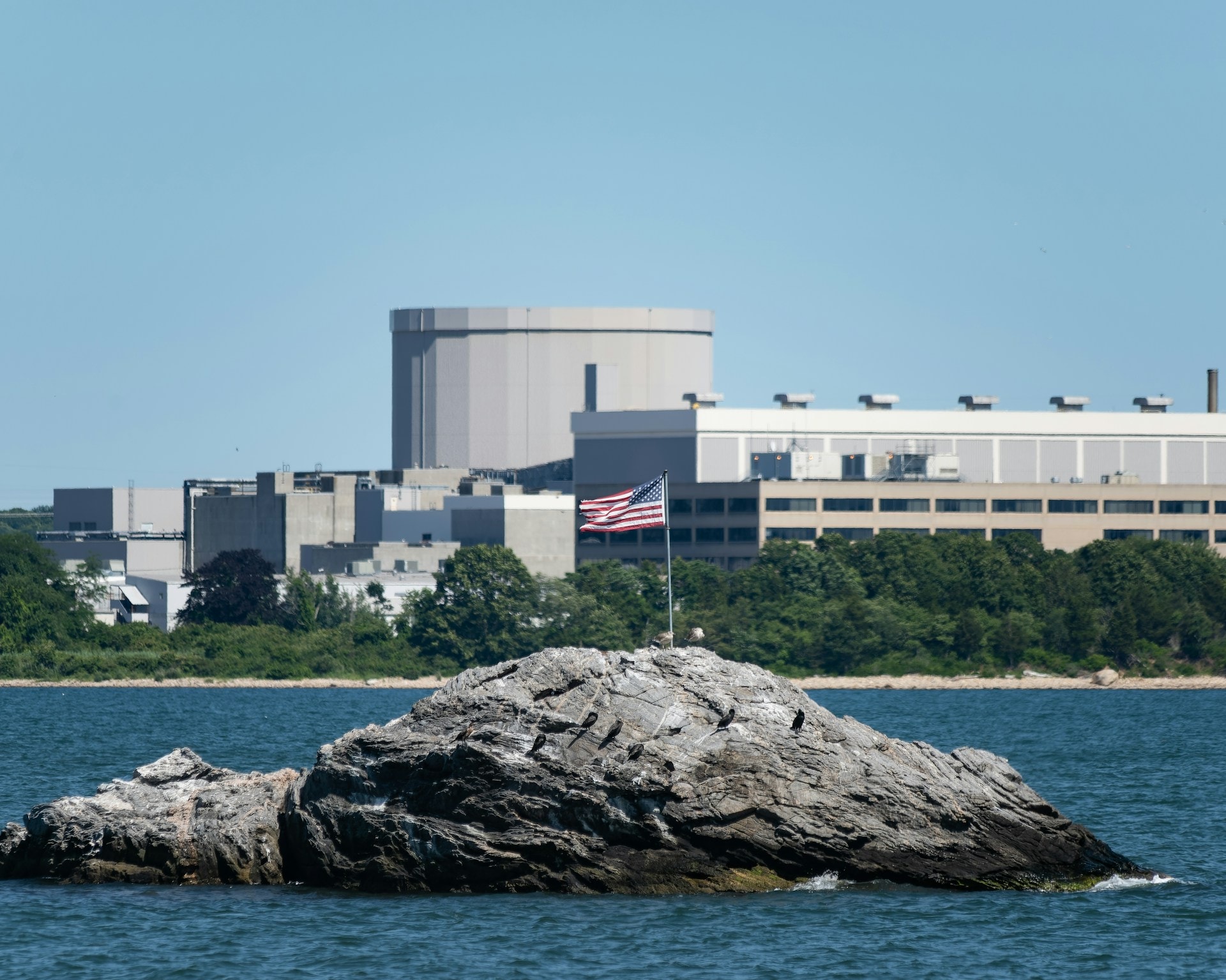For millennia, in areas of low rainfall, surface irrigation has been utilized, requesting, however, an abundant water supply. Therefore, in many areas where perennial or annual crops are grown there is a need for supplemental irrigation for their growth and prosperity. Several methods were utilized to increase water supply in agriculture, but only in 1959 did the inventor Simcha Blass develop a patented, very efficient and particular nozzle for dripping the irrigation water from plastic pipes over the crops’ cultivated soils.
He worked in Israel in the Kibbutz Hatzerim in the Negev desert as a hydraulic engineer. In 1965 he and later on his son Yeshayahu, established the now very famous Netafim Company. This Company has now some 3,000 collaborators selling the so called drip (or trickled) irrigation pipes, provided with special nozzles, in more than 150 countries.
While I was the Crop Production Service Chief of FAO in Rome, from 1975 to 1985, I visited Natzerim and other kibbutz in Israel, to better learn the utilization of this technology.
While on a FAO project in Libya, establishing a table grapes plantation, I had a chance to test this system, including a variant of my own device. The plantation was located in a semi-desertic sandy area close to Bengasi, with an annual average rainfall of some 300 mm. Instead of using wood poles to support each grape plant, plastic pipes of 5 cm diameter, 2.5 mt high were used, dipped into the soil some 50-60 cm and set close to each plant. Every 10 pipes and grapes, a cement pole 2.5 mt high was added in order to strengthen the row and fix the iron wires utilized to support the grapes’ vegetation.
In the Illustration: Vertical Sub-Irrigation Technology. Credit: Impakter/Claude Forthomme
Out of 15 rows,13 rows of about 150 meters long were provided with the normal drip irrigation pipes laying over the soil. However, in two rows a technical modification of “drip irrigation” was introduced: the horizontal water pipe (normally provided with dripping apparatuses, by which water is dropping on soil surface) was substituted with a normal plastic pipe without holes, hanged on the plastic vertical poles. In this pipe, at fixed distance, depending on the crops, small holes were made in which a very small plastic pipe was inserted, similar to the ones used for blood transfusions. The other end of this mini pipe was inserted into the bigger vertical tubular plastic pipe inserted vertically into the soil down to a depth of 50-60 cm. This contraption, utilized as a support for the plant vegetation, conveyed the water drops down below the soil surface, directly to the plant roots (see the illustration above).
This modification has been called “Vertical Sub-Irrigation Technology.” Obviously the system is particularly adapted to perennial crops grown in rows and it is very well suited for grape plantations among others.
Related articles:”INNOVATIONS IN FOOD PRODUCTION- AN URGENT AWAKENING”
“FORESTS: INNOVATION FROM MULTIPLE TO SEASONAL CROPPING”
This technology is easy to realize and very affordable given the absence of drip mechanisms (no nozzles needed) in the water abduction pipes; furthermore, it is easy to control, particularly if transparent connecting mini-pipes are used, so that one can actually see the water flowing through.
This system also avoids some inconveniences of classic dripping pipes, like water stopping caused by limestone or other debris. In fact the connecting transparent mini-pipes are easy to test for percolation. Moreover, the water is provided in depths of 50 cm or more, to the crop root apparatus. Without water in the top soil, weeds are not prospering on the soil surface and the soil superficial evaporation is absent and only the crop organs above the soil are perspiring.
As a consequence, the crop root apparatus is developing in the subsoil and not superficially, as it happens often with drip irrigation and the water utilization by the crop is at a maximum level. If, eventually, fertirrigation is used, the salts are not accumulated in the top soil by water evaporation.
In the Video: Subsurface drip irrigation for corn. Credit: Netafim
This system can be adapted also for irrigation of other fruit trees cultivated in rows. Several pipes could be inserted in the soil forming an X shape in the soil stripe between the stems of the trees; the abduction pipe could be sustained in the intersection of each couple of pipes: in this way, irrigation water is distributed along the rows in larger stripes.
On the Libyan plantation, the third year after the table grapes plantation, a pump that was set to control the vineyard failed and for about a month the irrigation system did not work. It was August and the technician controlling the vineyard was away on holiday. When he returned, several grapes that utilized the normal drip irrigation system were damaged, while the 2 rows with the vertical sub-irrigation were all in very good shape.
This technology was also later used in a coastal area of the Red Sea, close to the border of Saudi Arabia with Yemen, in 4-year-old papaya and avocado plantations, substituting the normal irrigation system (by soil water submersion of cultivated basins), saving more than 95% of the previously used irrigation water, and yet achieving a normal level of fruit production in the following years.
Since the papaya plants were planted about 3 meters apart in rows, 3 double pipes were located along the space between each two plants and sunk some 50 cm below the surface. Above the surface, the water pipe was located, fixed and then connected with the mini-pipes to the pipes inserted into the soil, following the same model as the one I had developed in Libya. I was later told that this technology was utilized in several other areas of Saudi Arabia and Kuwait.
This simplified technology can be used also in gardens and home horticulture, particularly for small fruit trees and shrubs, perennial vegetables (like asparagus, artichokes etc.). All one needs to do is insert small vertical pipe for conveying the water deeper into the soil and close to the crop. And, it can be easily used also for irrigation of gardens and trees in urban areas.
More generally, in areas where water conservation is paramount, subsurface drip irrigation can produce higher and more efficient yields per field. This system allows producers to have a direct effect on the way their crops are grown as well as provide a better yield. Innovative technology such as the drip irrigation system and, in particular, the vertical sub-irrigation variant presented here, that could, if it were implemented across the globe, truly spark change in the way we produce and ultimately help create a collective consciousness and respect in the way we consume food.
_ _














